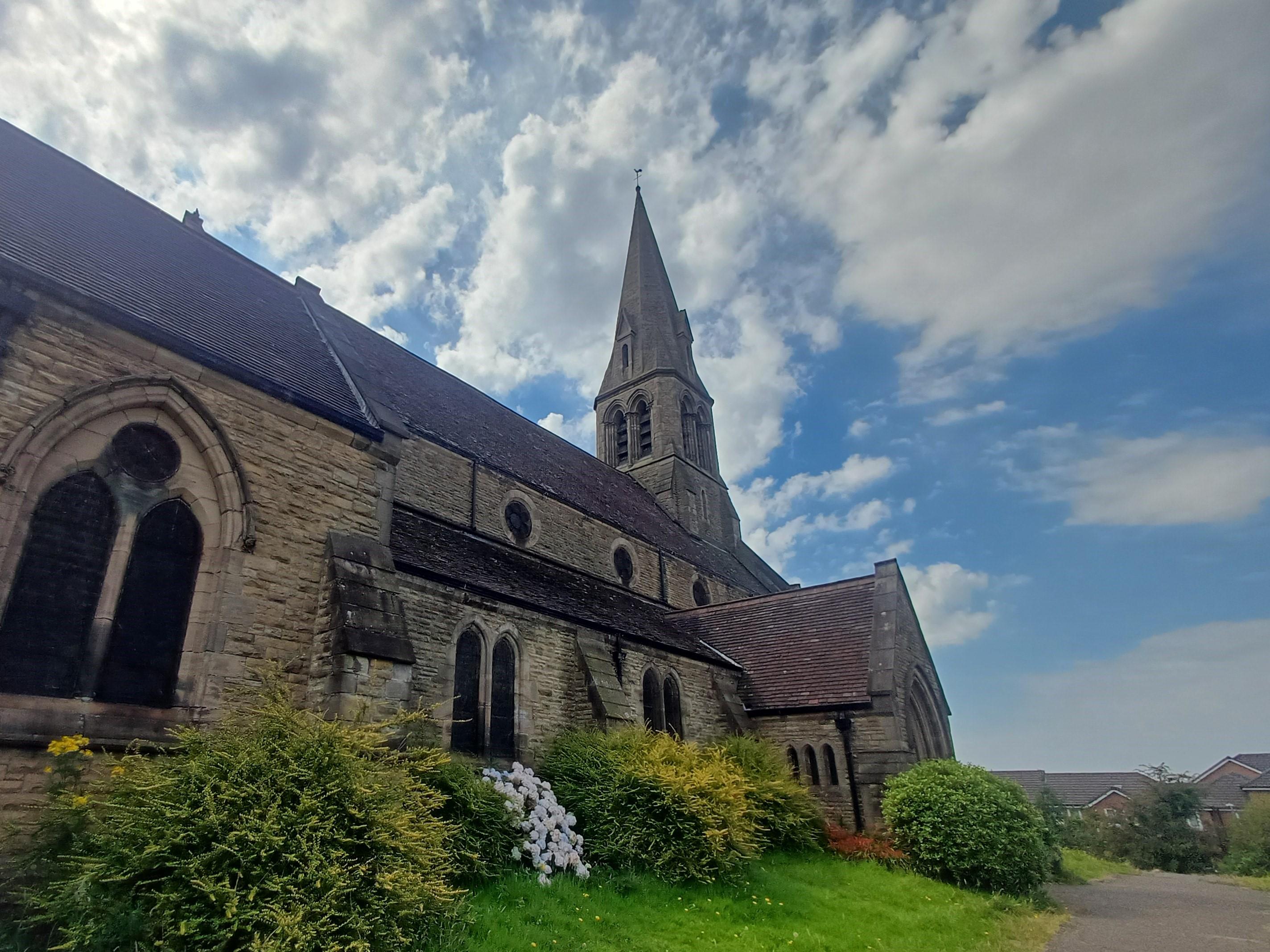St James
Hope, Greater Manchester

Prominent because of its position and its slender, continental style spire, St Luke's stands on a small green hill and is known locally as the church on the hill.
Weaste, Greater Manchester
St Luke was one of 12 chapelries under the jurisdiction of the parochial chapelry of Sacred Trinity, Salford. This and all of its sister chapelries comprised the whole of Salford Township all of which also stood within the boundary of Manchester ancient parish.
The church, designed by the famous Victorian architect George Gilbert Scott, was opened in 1865. In 1878 a chapel in memory of Edward Tootal, one of the early benefactors, was added to the East end of the north aisle. The church was redecorated and reordered in the 1920s, but since then it has remained largely unchanged. It is richly endowed with stained glass, and the windows in the Tootal Chapel (now known as the Lady Chapel) are undoubtedly the best. They are fine examples of the early work of Charles Eamer Kempe, and display exceptional vitality and originality of design.
Equally rich are the church’s links with history. There are visible signs of this in the memorial plaques on the walls to local heroes of the South African War and First World War and the remarkable War Memorial built into one of the window bays on the south wall. There is, however, no visible sign of the part the church played in a life that has had an enormous impact on today’s world. In 1879 a local girl called Emmeline Goulden married reforming lawyer Richard Marsden Pankhurst at St Luke’s, and became the famous Mrs Pankhurst.
Hope, Greater Manchester
Ordsall, Greater Manchester
St Clements’s built in 1877/8 by Austin and Paley is a major landmark in the centre of a housing estate in Ordsall, Salford.
Irlams o' th' Height, Greater Manchester
Modernist church containing important artworks by late parishioner Harold Riley, acknowledged as the most celebrated Salfordian artist since his mentor LS Lowry.